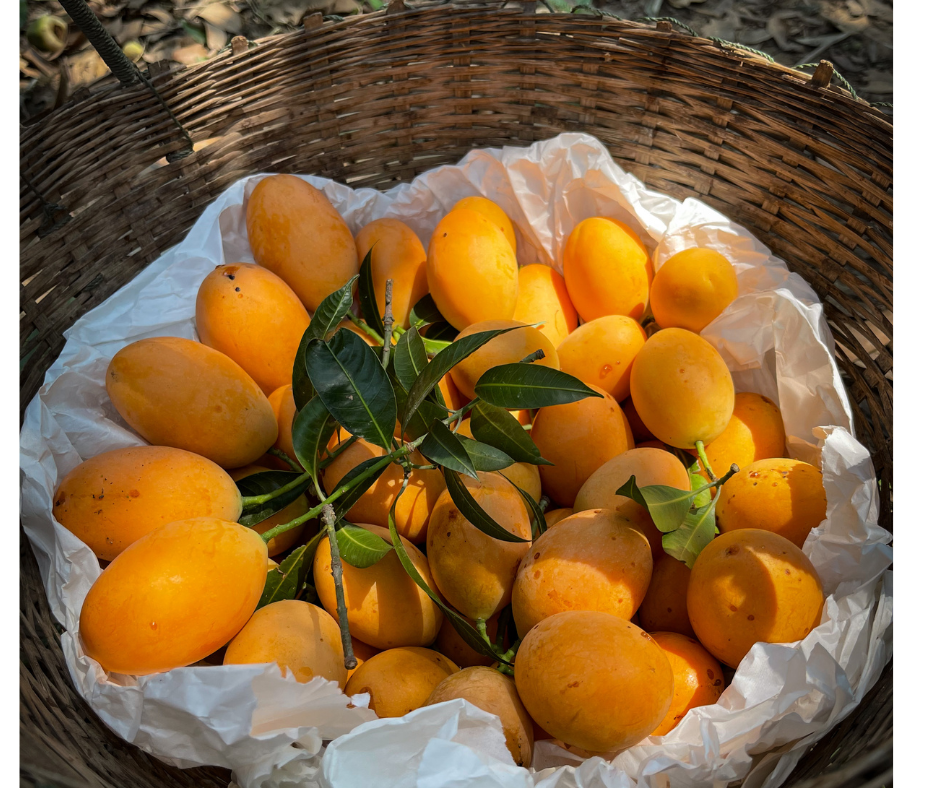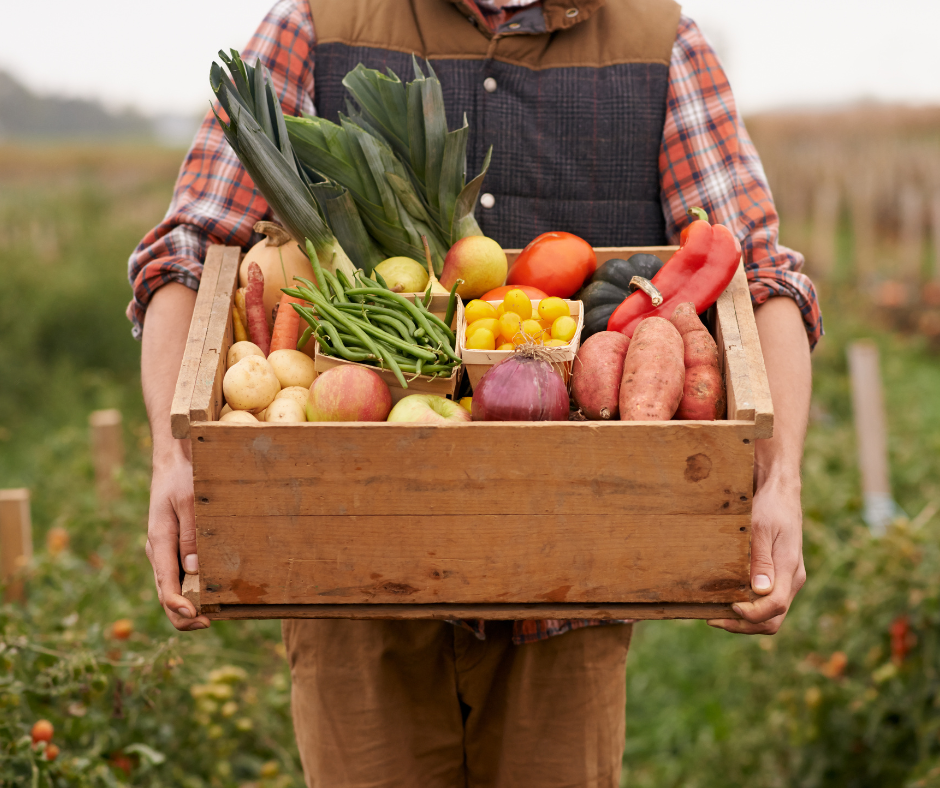A plate of vibrant orange citrus freshly harvested from nearby groves. Tender greens picked at dawn from community gardens. The distinctive taste of Gulf shrimp caught just hours before being served.
These authentic Florida flavors represent the essence of farm-to-table dining that has transformed culinary experiences in senior living communities across the state. This approach to dining goes far beyond mere nutrition—it creates meaningful connections to local ecosystems, supports regional farmers, and enhances overall wellness through exceptional food quality.
The Evolution of Dining in Life Plan Communities
The stereotype of bland, institutional food in senior living is increasingly obsolete. Today’s life plan communities recognize that dining represents one of the most important aspects of daily life and a primary factor in resident satisfaction.
Modern dining programs now rival fine restaurants, with farm-to-table initiatives leading this culinary revolution. The focus has shifted from simply providing sustenance to creating memorable dining experiences that nourish both body and soul through exceptional ingredients and thoughtful preparation.
Florida’s Bounty: Local Ingredients That Shine
Florida’s unique growing climate provides an extraordinary variety of fresh ingredients year-round. By partnering with local producers, senior living dining programs now showcase the best of what the region offers:
- Citrus varieties beyond the typical orange—from tangelos to Honeybells
- Tropical fruits like mangoes, lychees, and passion fruit
- Fresh seafood including grouper, snapper, and stone crab
- Seasonal vegetables like sweet corn, zucchini, and bell peppers
- Native herbs such as cilantro and mint that thrive in Florida’s climate
These ingredients appear on menus with specific attribution to their sources, honoring the farmers and fishers who provide them while educating residents about local food systems.

Nutritional Benefits for Independent Living Residents
For independent living residents, farm-to-table dining offers significant nutritional advantages. Locally sourced foods typically reach your plate within 24-48 hours of harvest, maximizing nutritional content that can diminish during extended shipping and storage.
This freshness factor becomes especially important for nutrients like:
- Vitamin C and other water-soluble vitamins that degrade quickly after harvest
- Antioxidants that help combat inflammation and support immune function
- Natural enzymes that aid in digestion and nutrient absorption
Regular access to these nutrient-dense foods supports overall health and helps maintain independence through better physical resilience.
Culinary Adaptations Across Care Levels
Innovative senior living communities extend farm-to-table benefits across all care levels through thoughtful adaptations:
In assisted living dining venues, fresh ingredients appear in modified textures when needed while preserving flavor profiles and nutritional benefits. Memory care dining programs utilize familiar local ingredients to stimulate appetite and evoke positive food memories, with specially designed service approaches that maintain dignity.
Even in skilled nursing settings, where dietary requirements may be more complex, culinary teams incorporate seasonal Florida produce into therapeutic diets—proving that nutrition and exceptional flavor can coexist at every level of care.
Community Gardens: Growing Engagement
Many life plan communities now include resident-accessible gardens that contribute directly to dining programs. These spaces provide multiple benefits:
- Opportunities for meaningful physical activity through gardening
- Fresh herbs and vegetables for community kitchens
- Educational programming about sustainable agriculture
- Intergenerational activities when families visit
- Sensory stimulation particularly valuable for memory care residents
These gardens create a tangible connection between residents and their food, strengthening understanding of seasonal cycles and sustainable growing practices.
Chef Partnerships With Local Producers
Behind every successful farm-to-table program stands a network of relationships between culinary teams and local producers. These partnerships often include:
- Regular chef visits to farms and fishing operations
- Farmer presentations to residents about growing practices
- Custom growing arrangements for specific community needs
- Collaborative menu planning based on seasonal availability
These connections ensure consistent quality while supporting regional food economies and reducing the environmental impact of long-distance food transportation.

Seasonal Menus That Tell Florida’s Story
Farm-to-table dining naturally follows the rhythm of Florida’s growing seasons, with menus that shift to showcase the best available ingredients throughout the year.
Spring might feature tender green beans and sweet corn, while summer brings an abundance of tropical fruits. Fall introduces hearty root vegetables, and winter highlights citrus at its peak flavor. These seasonal transitions create natural variety in dining experiences while connecting residents to Florida’s agricultural calendar.
Culinary Education in Senior Living
Many senior living communities enhance their farm-to-table programs with educational components:
- Chef demonstrations using local ingredients
- Nutritional seminars about the benefits of seasonal eating
- Tasting events featuring regional specialties
- Cooking classes adapted for various ability levels
These programs transform dining from a passive experience into an engaging opportunity for continued learning and skill development.
Social Connection Through Shared Meals
The farm-to-table approach naturally creates conversation around food—its origins, preparation, and cultural significance. This shared interest fosters social connections across the community:
- Dining becomes more interactive as residents discuss ingredient sourcing
- Special farm-to-table events create natural gathering opportunities
- Food memories stimulate meaningful exchanges about personal histories
- Shared appreciation for quality creates common ground among diverse residents
These social dimensions of dining contribute significantly to overall wellbeing, highlighting how food serves purposes far beyond basic nutrition.
Sustainability Practices in Senior Living Dining
Forward-thinking life plan communities extend their farm-to-table philosophy to include broader sustainability practices:
- Composting programs that return food waste to garden soil
- Reduced food packaging through bulk purchasing from local sources
- Energy-efficient kitchen equipment and practices
- Water conservation measures in food preparation
These initiatives demonstrate environmental stewardship while often reducing operational costs—benefits that align with not-for-profit senior living missions.
The Future of Culinary Excellence in Senior Living
As expectations continue to evolve, farm-to-table dining remains at the forefront of culinary innovation in senior living communities. Future developments may include:
- Even deeper integration with on-site growing operations
- Advanced technology for tracking nutritional intake while preserving choice
- Expanded cultural cuisine offerings using local ingredients
- More specialized dietary accommodations without sacrificing flavor
These advancements ensure that dining will continue to enhance quality of life for current and future generations of senior living residents.
Westminster Communities of Florida® is a faith-based, not-for-profit organization serving older adults since 1954, with more than 7,000 residents in 22 communities. Learn more at https://westminstercommunitiesfl.org/





